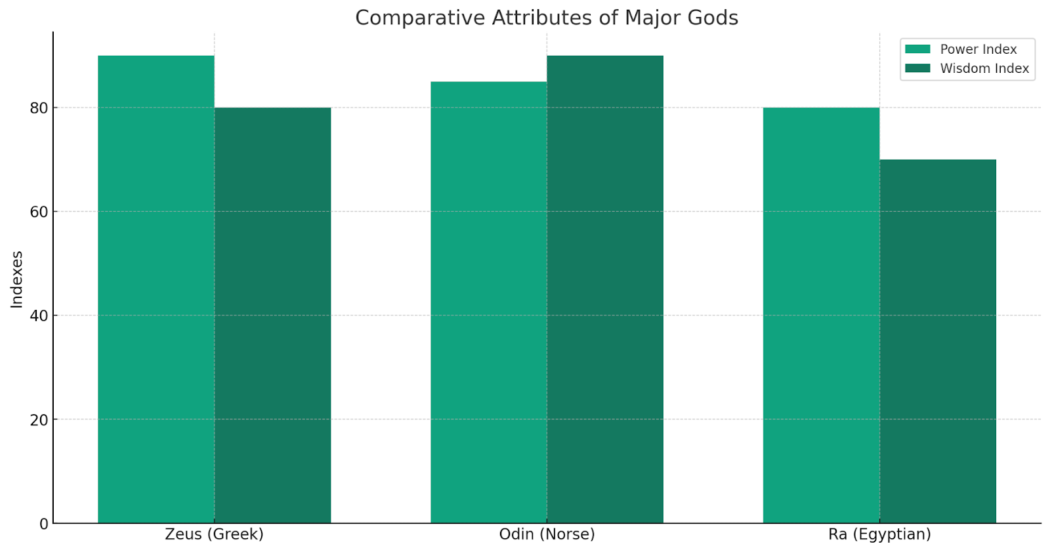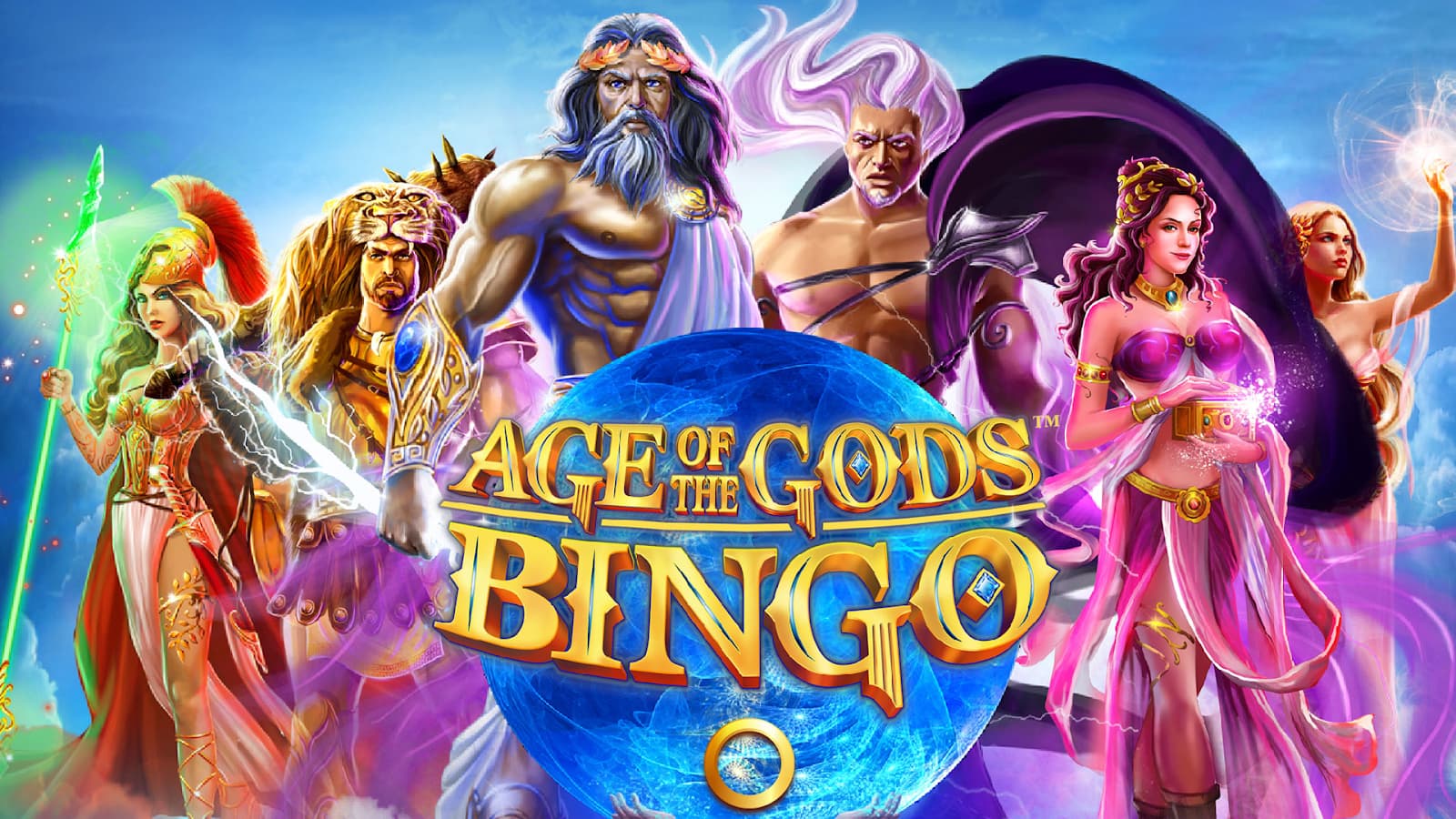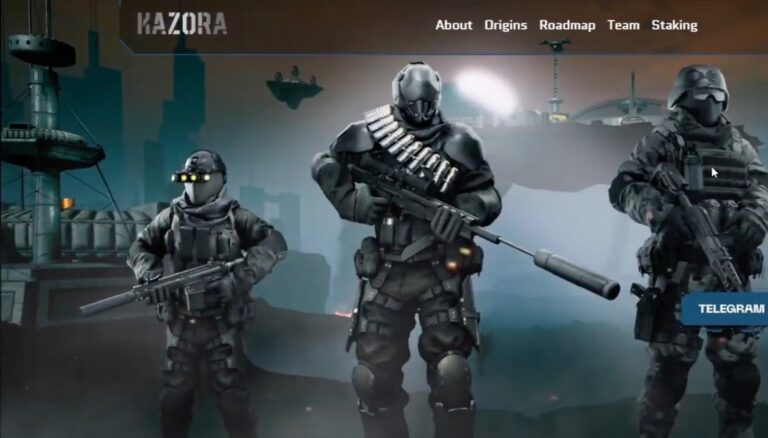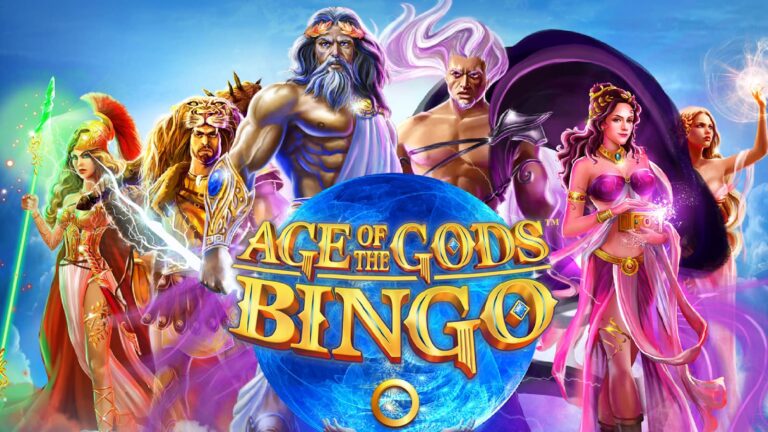“Age of Gods” stands at the crossroads of advanced blockchain technology and the timeless allure of mythology. This game not only immerses players in the epic tales of ancient gods and heroes but also offers the innovative opportunity to earn real-world value through strategic gameplay.
Pantheons of Power: A Comparative Overview
The game features an extensive array of deities from multiple mythologies, including Greek, Norse, and Egyptian pantheons. Each pantheon comes with its unique characteristics and powers:
- Greek Pantheon: Known for their diverse abilities and dramatic myths, ideal for players interested in strategy and intrigue;
- Norse Pantheon: Offers raw strength and resilience, appealing to those who favor combat and exploration;
- Egyptian Pantheon: Mixes mysticism with warfare, suitable for players who enjoy a balance of magic and physical prowess.
Understanding these differences allows players to align with the pantheon that best suits their gameplay style, offering strategic advantages in quests and battles.
Key Myths Across Civilizations
“Age of Gods” intricately weaves key myths from these civilizations into its quests and narrative, enriching the gaming experience with a deep, story-driven approach. Players can embark on quests that mirror the labors of Hercules, the mischief of Loki, or the trials of Osiris, bringing these ancient stories to life.
The Influence of Gods in Modern Culture
By integrating blockchain technology, “Age of Gods” revitalizes the connection between ancient mythologies and modern culture. The game leverages this tech to deepen engagement, allowing players to collect, trade, and invest in NFTs that represent mythological figures and artifacts, thereby introducing a novel dimension to the appreciation of these ancient tales.
Monetization in Age of Gods: A Strategic Guide
Monetization within “Age of Gods” is multifaceted, offering players various avenues to earn:
- NFT Trading: Players can trade digital assets representing gods, heroes, and mythical items;
- Cryptocurrency Earnings: Completing quests and winning battles earns players the game’s cryptocurrency;
- Staking and Special Events: Additional earning opportunities come from staking and participating in game events.
These mechanisms not only enhance the gameplay experience but also offer real financial benefits.
Charts: Monetization Strategies and Major Gods’ Attributes

- Monetization Strategies and Potential Earnings: This chart will categorize the various ways to earn within the game, highlighting the potential returns from NFT trading, cryptocurrency earnings, and more.

- Comparative Attributes of Major Gods: A second chart will compare the attributes and powers of major gods, providing insights into the strategic advantages of each deity.
Comparative Table: Major Gods Across Mythologies
| God (Pantheon) | Domain | Symbols | Notable Myths |
|---|---|---|---|
| Zeus (Greek) | Sky, Thunder | Thunderbolt, Eagle | Defeat of the Titans, Birth of Athena |
| Odin (Norse) | Wisdom, War, Poetry | Spear, Raven | The pursuit of wisdom, The discovery of the runes |
| Ra (Egyptian) | Sun, Creation | Sun disk, Falcon | Journey through the underworld, Battle with Apophis |
Reimagining Mythologies: The Role of VR and AR Technologies
In an age where technology shapes much of our experiences, ancient mythologies find new life through Virtual Reality (VR) and Augmented Reality (AR). These cutting-edge technologies offer immersive experiences that transport users directly into the mythic realms, allowing for interactive exploration of the stories that have shaped human culture for millennia.
Virtual Reality: Immersive Mythological Worlds
VR technology has the unique capability to create fully immersive environments, enabling users to step into the shoes of heroes and gods from various mythologies. Imagine donning a VR headset and finding yourself on Mount Olympus, participating in the council of the gods, or navigating the treacherous landscapes of Norse mythology alongside Odin and Thor. These experiences not only educate but also connect individuals on an emotional level to these ancient tales.
Augmented Reality: Bringing Myths into Our World
AR technology, on the other hand, overlays mythological elements in our real-world environment. Through AR, the myths of Zeus, Odin, and Ra can come alive in one’s living room, where users can interact with these deities, learn their stories, and uncover the symbols and artifacts associated with them. Educational platforms are increasingly utilizing AR to bring these stories into classrooms, making learning about mythology interactive and engaging.
The Educational and Cultural Impact
The integration of VR and AR technologies in exploring mythologies offers a new educational paradigm. Students and enthusiasts can learn about ancient cultures and religions interactively that books and lectures cannot match. Moreover, these technologies foster a deeper understanding of the narratives, symbols, and rituals that are foundational to these mythologies, bridging past and present.
Future Possibilities
As VR and AR technologies continue to evolve, the possibilities for experiencing and understanding ancient mythologies will only expand. Future applications may include more interactive and multiplayer experiences, allowing users to not only witness but also influence mythological stories in real time, creating a dynamic form of storytelling that honors the past while looking firmly toward the future.
Conclusion
“Age of Gods” marks a significant evolution in gaming, blending the rich narratives of ancient mythology with the cutting-edge possibilities of blockchain technology. This game not only offers an immersive and entertaining experience but also empowers players to gain real-world value from their engagement with the myths that have shaped human culture for centuries.









